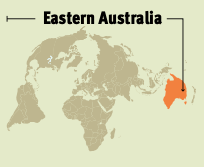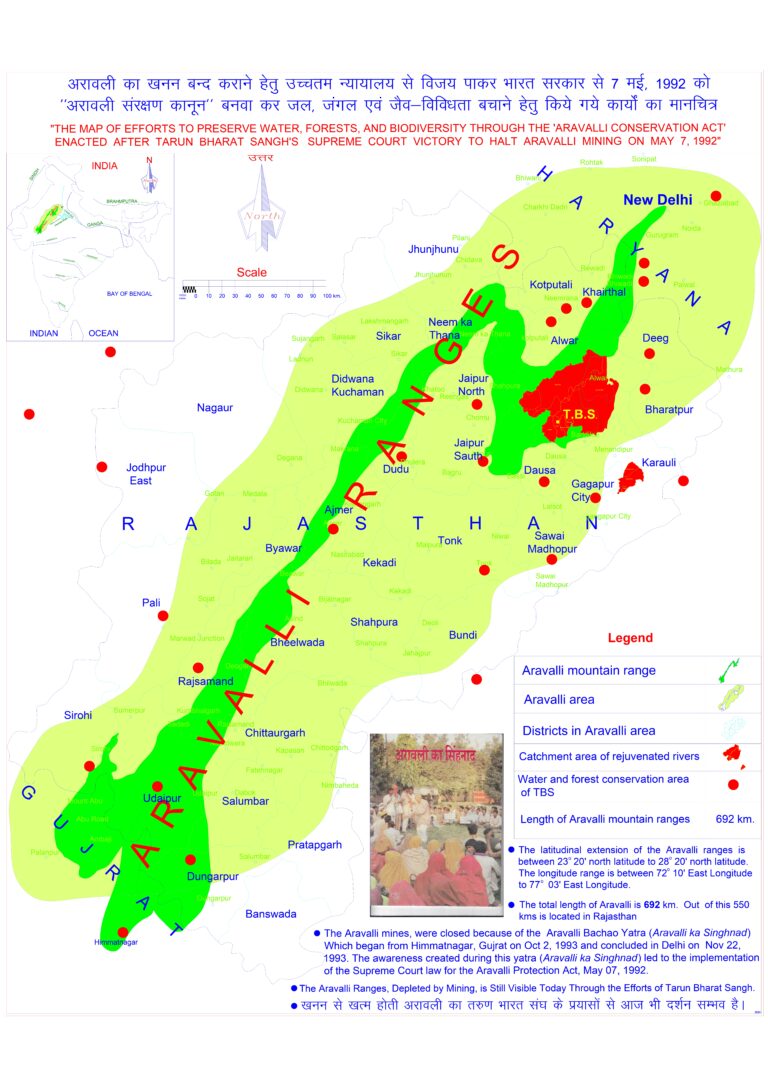
Australian 2019–2020 “Black Summer” fire season

In Australia, the 2019– 2020 fire season is widely considered one of the worst in recent memory. While there have been previous seasons, where more fires occurred or more area was burnt such as in 1974–1975, the 2019–2020 fire season is noted for the number of fires and area burnt and the direct impact these fires had on some of the most populated regions on the continent. This included extensive areas on the eastern seaboard, as well as some areas in southern and central-eastern Australia.
While the fire season appeared to start earlier than expected, the timing of the commencement of many of the fires was not unusual when compared with long-term observations. Indeed, the only unusual aspect of the fire season was its rapid curtailment by broad steady rains across the southeast of the continent from mid-February that effectively extinguished all fire in the landscape.
What was different that season was the extensive reduction in rainfall across much of the continent over most of the preceding 12–18 months, followed by significantly warmer-than-average air temperatures during the fire season (with the annual national mean temperature 1.52°C above average). The annual national mean maximum temperature was the warmest on record (2.09°C above average). The combination of extensive and extended rainfall deficit and higher than average temperatures preconditioned much of the landscape to easy ignition and rapid development of fire outbreaks.
During the fire season, the almost continuous dry and hot weather conditions resulted in increased difficulty of suppression. Most fires were caused by natural ignition sources such as dry lightning. The frequent arrival of days of strong winds during this period resulted in an unusually high number of days of the total fire ban. However, fire behaviour generally was not unexpected for the conditions during this period, with timely and effective warnings of potential fire spread issued by fire authorities. As a result, no members of the general public were killed due to a lack of warning of fire potential, although 33 people (including firefighters) were killed while attempting to directly control the fires. Four hundred and twenty-nine premature deaths were attributed to indirect health impacts of the fires, many quite some distance from the fires themselves, including fatalities from cardiovascular and respiratory disorders.
Fire behaviour was, for the most part, characterised by the uncontrollable spread in mostly forested regions on the east coast. The lack of spread in grasslands and agricultural land was most likely a combination of reduced grass fuels due to reduced growth and overgrazing during the drought and the consequent greater ease of access for fire suppression by firefighters.

Excerpts from Spreading like Wildfire – The Rising Threat of Extraordinary Landscape Fires. A UNEP Rapid Response Assessment. Nairobi. United Nations Environment Programme (2022).
– to continue
– global bihari bureau





